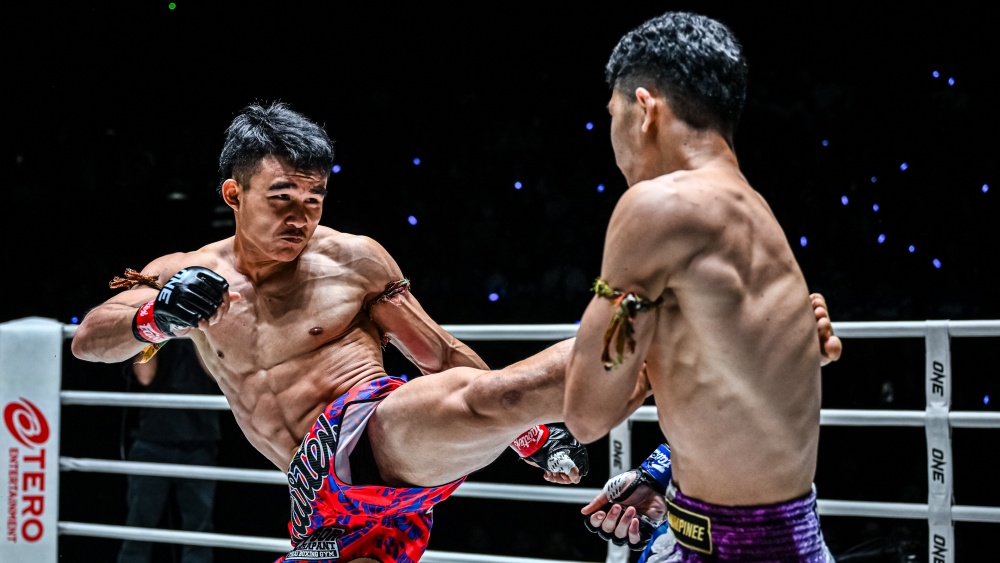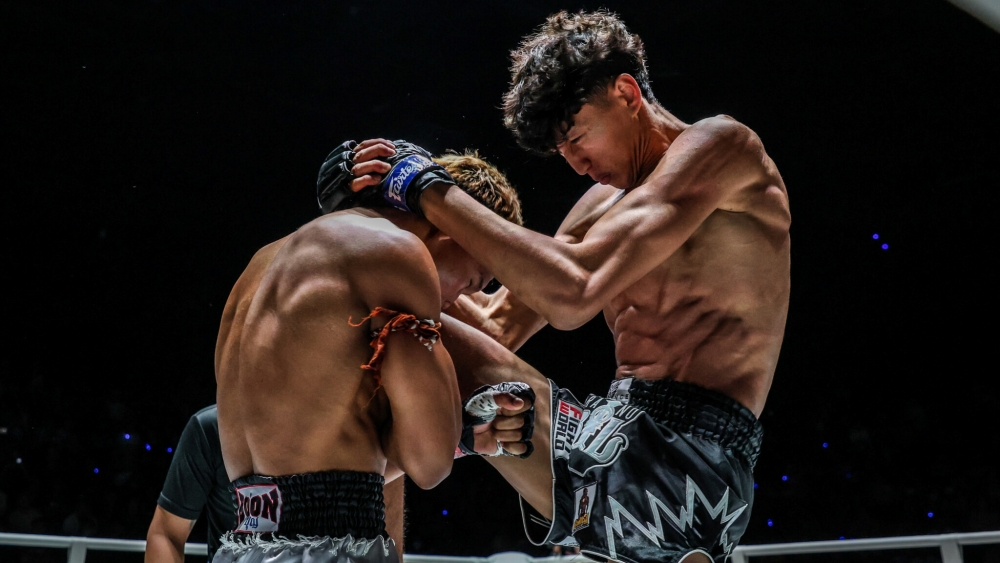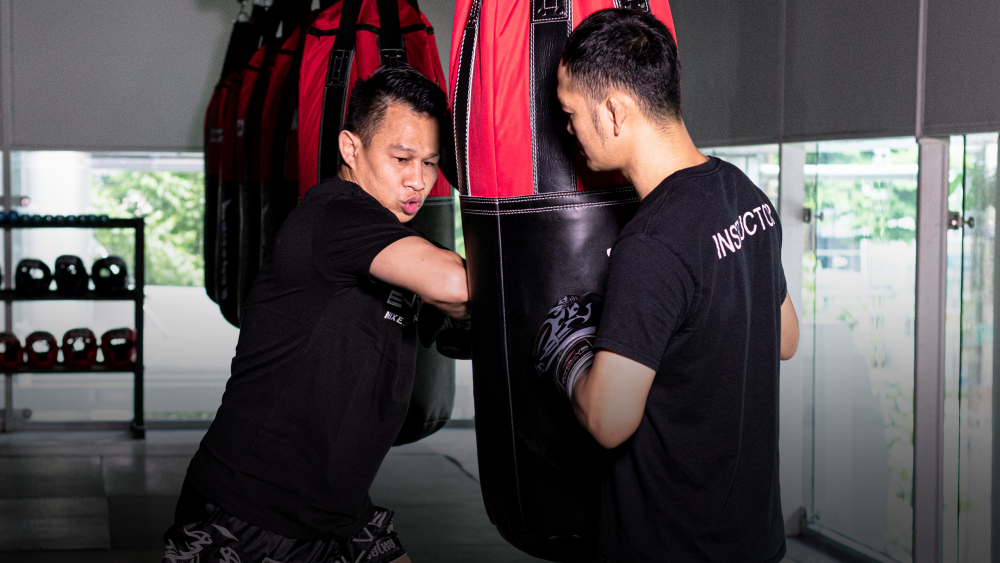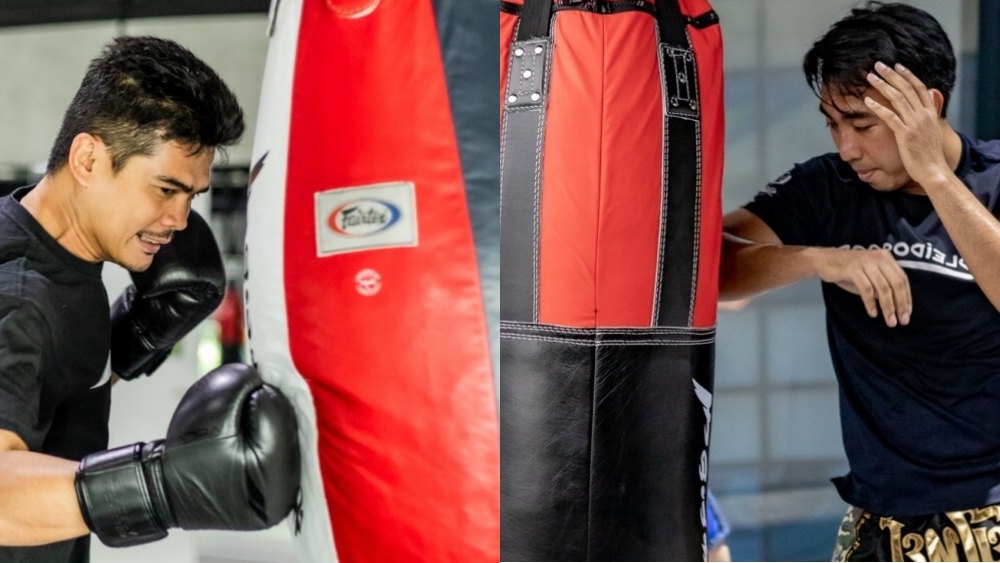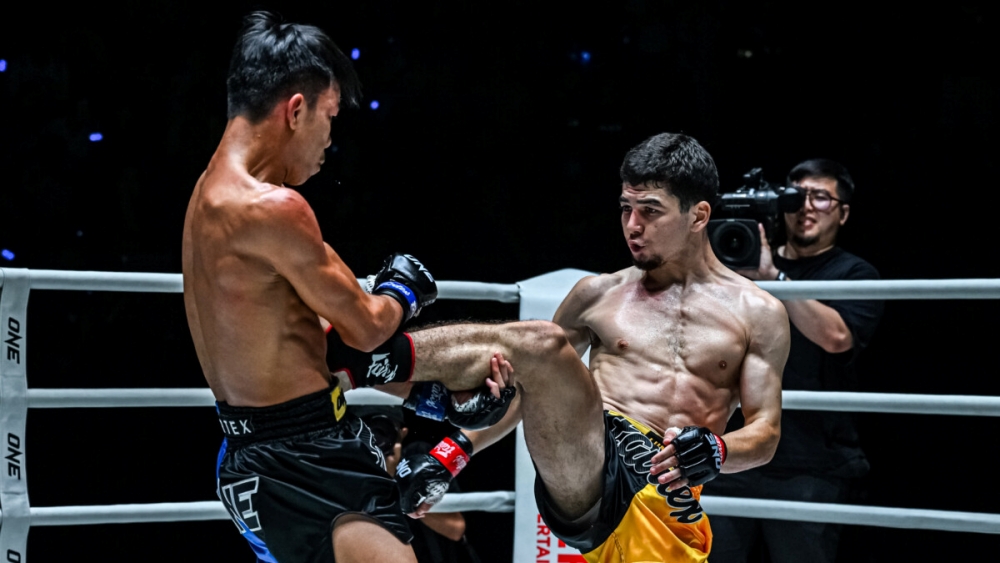Muay Thai is the national sport of Thailand and, until recently, the way a fight was scored was dictated by the elite Thai stadiums. It was a nuanced system, somewhat influenced by elements of chance and strategy, that left many foreigners and laymen confused when the winner of a bout was announced.
As the sport grew in popularity different scoring systems were created to make judging, fighting, and watching Muay Thai fights more accessible and enjoyable for a wider audience.
Today, there are countless expressions of Muay Thai scoring across different promotions and governing bodies. Though these scoring systems are mostly the same, each system is unique in the way it grapples with the delicate balance of scoring Muay Thai as both a physical contest between athletes and a cultural art form.
In this article, we provide a guide to five of the most common Muay Thai scoring systems in the world. We have included some context on every system as well as information on the round length and the scoring criteria for each. We have included a short glossary of terms that highlight some key points in this article but, before that, let’s define the 10-point must system; the way in which judges apply the scoring system to determine the winner of a bout.
10-Point Must Scoring
This is the method every Muay Thai judge uses to determine the winner of a bout, and, with the exception of Traditional Stadium Scoring, all scorecards are filled out the same way.
In 10-Point Must scoring, each round is scored individually based on the judging criteria stipulated by the promotion where the fight takes place. The winner of each round ‘must’ be awarded 10 points while their opponent will be given 9 or less. In the case of a tied round, both fighters receive 10 points.
If a fighter receives an 8-count, they will lose a point for that round. A fighter who gets knocked down will not only lose a point, but they will also usually lose the round unless they can knock down their opponent in return, the result is almost always a 10-8 round.
At the end of a fight, if there isn’t a knockout, the total scores are tallied and the fighter with the highest score over the duration of the bout is determined the winner.
Stadium Scoring utilizes a small deviation from the 10-point must system that can make scoring as a layman incredibly difficult. In this format, the first two rounds are considered a draw unless one fighter clearly dominates.
The rationale here is that both fighters are laying out the groundwork of their game plans that they will utilize in the weighted rounds at the end of the fight.
These rounds are marked 10-10 on the scorecards but this doesn’t mean that the judges are not taking note of who is having the most effect. They will still mark the winner of these rounds with a small *, signifying that, if the weighted rounds result in a draw, and that this fighter edged the round and can be considered the winner.
5 Common Scoring Systems Used In Muay Thai
Now that you have an understanding of how the scoring system of a Muay Thai fight is applied to the scorecards, let’s look at 5 of the most popular systems used today. Reading this, you’ll begin to understand how the variations in scoring priority a major impact on the way can have a bout is fought and judged.
1) Traditional Stadium Scoring
This current expression of scoring criteria has been fought in Thailand’s stadiums since the introduction of boxing rings and gloves in the 1920’s. Even though this ruleset has undergone a few changes over the past century, most hardcore fighters and fans consider this the ‘true’ scoring system and is the default scoring system used in many countries, including the United Kingdom today.
Bout Duration And Round Length: 5 x 3-minute rounds with a two-minute rest period.
Scoring Criteria:
- Body kicks and knees to the center of the body always score but will score higher if they have a clear effect.
- All other techniques are conditionally scored based on the effect.
- Clinch dominance scores highly.
- Beautiful displays of Muay Thai e.g. balance, skill, and clean defense are considered.
- Aggression is not considered unless all other factors are equal.
- In an otherwise tied round, the fighter who appears least damaged or fatigued is considered the winner.
- Rounds are weighted so that the first two rounds generally don’t score unless someone clearly dominates, otherwise, rounds are weighted heavier as the fight progresses. For example, it is possible for a fighter to lose rounds 1-3 but winning 4-5 will still result in a victory.
ONE championship created their ‘global ruleset’ as a response to the ambiguity of the traditional expression of stadium Muay Thai, which served as a barrier for entry to foreign and layman fight fans. The ruleset, which favors damage and aggression, is coupled with the use of four-ounce MMA-styled gloves which shifts the balance of the fight so that punches can become equally as damaging as the other Muay Thai weapons.
Bout Duration and Round Length: 3 x 3-minute rounds with a 1-minute rest period. (championship bouts are 5 rounds)
Scoring Criteria:
- Knocking an opponent down is the highest-scoring action.
- All strikes score equally. Scoring is based on the damage they cause (e.g. internal, accumulated, and superficial.)
- Following damage, the volume of clean strikes landed is considered.
- Aggression and superior ring position (holding center-ring) are considered when all else is equal.
- All rounds are weighted equally.
3) Rajadamnern World Series (RWS)
The RWS promotion is the expression of Muay Thai that Rajadamnern Stadium broadcasts internationally. 3 round fights were adopted to increase the pace, and scores are broadcast live at the end of each round, letting athletes and fans know where the fight stands in real time, incentivizing fighters to make rapid changes to their game plans as they strive for victory.
Bout Duration and Round Length: 3 x 3-minute rounds with a 1-minute rest period (championship bouts are 5 rounds).
Scoring Criteria:
- Strikes are scored based on effect. The fighter who lands the most strikes with effect wins the round.
- Clinch dominance scores heavily.
- Ring position is considered, and maintaining the center ring and controlling the pace of a fight is considered if the scoring strikes are equal.
- Skillful displays of defensive techniques impact the scorecards if all else is equal.
- All rounds are weighted equally.
4) WBC Muay Thai
The WBC is one of the preeminent Muay Thai sanctioning bodies on the planet. While the bout duration is the same as Traditional Stadium Muay Thai, the scoring criteria are very similar to that of RWS, and rounds are not weighted. The WBC also makes note that for them, ringcraft is not defined by aggression and holding the center position, it is the ability to control the flow and pace of a fight. Therefore, if a fighter is leaning back on the ropes but successfully stopping their aggressive opponent from engaging, they are deemed to have superior ringcraft despite being on the back foot.
Bout Duration and Round Length: 5 x 3-minute rounds with a 2-minute rest period
Scoring Criteria:
- All strikes are scored based on effect. The fight that has the most effect (not the most strikes landed) over the course of the round is determined to be the winner.
- Ringcraft is considered if both fighters have similar effects.
- A beautiful display of defensive techniques is taken into consideration if effect and ring control are equal.
- Rounds are not weighted.
5) International Federation of Muaythai Associations (IFMA)
IFMA is the governing body that aims to make Muay Thai an Olympic sport. It is an ‘amateur’ ruleset which means that, unlike the other rulesets listed here, athletes must wear protective equipment including head, elbow, and shin guards. In this ruleset, the volume of scoring techniques landed takes priority (given they are thrown with power), with damage and effect only being considered by the judges if the number of scoring strikes is equal.
Bout Duration and Round Length: 3 x 3-minute rounds with a 1-minute rest period.
Scoring Criteria:
- The fighter who lands the most scoring techniques in a round will win the round.
- If the amount of scoring techniques landed is similar, the winner will be the fighter who has the most powerful strikes.
- Strikes that land with a lack of force or have poor technique will not score.
- In a close round, the fighter who appears least damaged or fatigued can be considered the winner if all other criteria are considered equal.
Glossary of Terms
- Weighted Rounds: The more a round is weighted, the more important it is in determining a winner. In traditional stadium scoring, the later rounds are weighted most heavily, meaning it is more important to win the later rounds of a fight. If rounds are ‘evenly weighted’ it means that all rounds are worth the same in determining the winner.
- Effective Striking: An effective strike is a Muay Thai technique that damages or off-balances a fighter or one that changes their body position.
- Ringcraft: Relates to how a fighter controls the pace or tempo of a fight. Often ‘superior ringcraft’ is determined by who is holding the center position in the ring, but it can also refer to the fighter who is able to control the pace of a fight through the use of both offensive and defensive techniques.
- 10-Point Must: The system used to fill out scorecards in Muay Thai (and other combat sports) where the winner of a round must be given 10 points and their opponent 9 or less.
- Conditionally Scoring: A technique that only affects the scorecards if it has an effect when landing.
Conclusion
Understanding the various Muay Thai scoring systems is essential for appreciating the sport’s complexity and rich tradition. Each method balances Muay Thai’s cultural heritage with its evolution as an international competition. By familiarizing yourself with these different rules, you gain a deeper appreciation for the strategies, techniques, and nuances that define each fight. Whether you’re a competitor, a fan, or someone new to the sport, knowing these systems enriches your overall Muay Thai experience.
You may also like:


